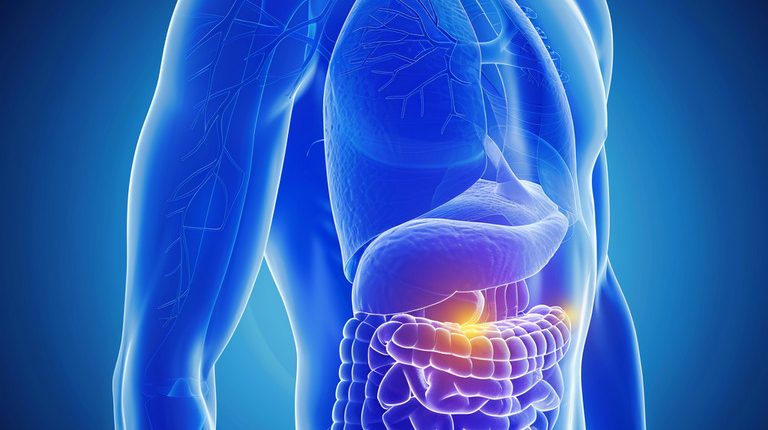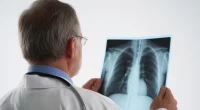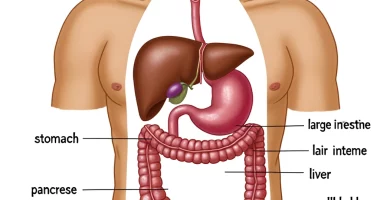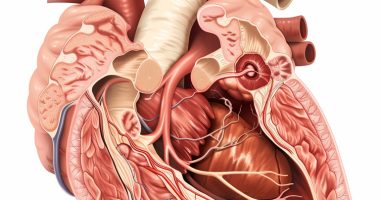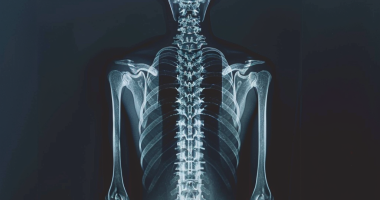Chronic pancreatitis
What is pancreatitis?
Pancreatitis is one of the most common diseases of the digestive system. Acute inflammation of the pancreas can lead to the destruction of the organ’s tissues and disruption of vital functions. With untimely treatment, the inflammatory process is complicated by bacterial infection, which can spread to other tissues. Usually, the first symptom of pathology is severe pain in the left subcostal region, but the chronic form of pancreatitis can have a hidden course.
About the disease
Over the last thirty years, there has been a more than twofold increase in the number of pancreatitis. Actual numbers of morbidity are difficult to name, and the incidence of chronic pancreatitis in the population of different countries varies from 0.2 to 0.68%. The disease is diagnosed in 6-8% of gastroenterological patients.
In developed countries, chronic pancreatitis occurs in increasingly younger patients: the average age of patients diagnosed with chronic pancreatitis has decreased from 50 to 39 years, and the proportion of women among patients has increased by 30%. The proportion of alcoholic pancreatitis has increased from 40 to 75%.
Types of pancreatitis
Depending on the features of the course, acute and chronic forms are distinguished. Acute pancreatitis is an acute disease based on a destructive process in the pancreas. It is a severe condition that requires inpatient treatment in a surgical department.
Chronic pancreatitis is a diffuse inflammatory, continuous progressive disease of the pancreas with the development of irreversible structural changes in its tissue and ducts (normal functioning tissue is replaced by denser and non-functioning tissue – connective tissue) and the development of disorders of its function. Patients with chronic pancreatitis can be treated on an outpatient basis under the active supervision of therapists and surgeons; in some cases, inpatient treatment is required.
Depending on the cause, the following types of pancreatitis are distinguished:
- alcoholic;
- biliary-dependent;
- infectious;
- medicinal;
- autoimmune;
- dysmetabolic;
- idiopathic, etc.
Symptoms of pancreatitis
Signs of the disease depend on the form of the inflammatory process. Acute pancreatitis is manifested by intense pain in the left subcostal region and upper abdomen (under the sternum). Chronic pancreatitis can remain asymptomatic for a long time.
Other signs and symptoms:
- nausea and vomiting;
- increased body temperature;
- abdominal bloating;
- diarrhea or stool retention;
- yellowing of the skin and sclerae;
- unexplained weight loss.
Sometimes, pain is a vital sign to determine the form of the disease. In acute inflammation of the pancreas, intense pain in the left subcostal area usually occurs suddenly and does not go away without treatment. In contrast, in chronic pancreatitis, there is more often an attack-like pain that increases after eating.
Causes of pancreatitis
The primary mechanism for the formation of pancreatitis is the premature activation of digestive enzymes. In the norm, these substances are transported to the intestine in an inactive form, but in pathological conditions, the enzymes begin to destroy the pancreas. Pathogens can migrate to the organ from other parts of the digestive system through the blood and lymph.
Factors causing inflammation of the pancreas:
- alcohol abuse;
- gallstone disease;
- uncontrolled intake of medications;
- viral and bacterial infections;
- smoking;
- high triglyceride and calcium concentrations in the blood;
- immune system dysfunction;
- anatomical defects in which there is a retention of enzymes in the organ;
- inflammation of the intestines and bile ducts;
- abdominal trauma;
- malignant pancreatic tumor.
The causes of acute and chronic pancreatitis may differ, but the main negative factors affecting the organ always include alcoholism and diseases of the biliary tract.
Diagnosis of pancreatitis
When symptoms of pancreatitis appear, it is necessary to consult a doctor. Gastroenterologists conduct an initial examination and quickly identify the main signs of the disease. After detecting objective symptoms, a specialist prescribes instrumental and laboratory examinations to make a final diagnosis and select a treatment method.
- General and biochemical urinalysis. Specialists perform venous blood sampling to detect the main signs of the disease. Increased activity of pancreatic enzymes and a high level of leukocytes indicate an inflammatory process in the organ;
- Urinalysis and fecal analysis are additional laboratory tests to detect clinical signs of pancreatitis. In chronic inflammation of the pancreas, the coprogram often reveals excessive fat content in the stool;
- Ultrasound examination of the abdominal cavity. It is the safest method of visual diagnosis, allowing the doctor to study the structure of tissues and detect the cause of inflammation;
- Endosonography is an advanced method of examination that combines the advantages of ultrasound and endoscopy. For a more accurate examination of the pancreatic tissue, the doctor inserts a flexible tube equipped with a special transducer into the patient’s gastrointestinal tract;
- Computed tomography or magnetic resonance imaging are methods of effective imaging diagnostics. Layer-by-layer images obtained with CT or MRI are necessary for a more accurate diagnostic search;
- X-ray contrast imaging of the pancreatic ducts is used to determine the underlying cause of organ inflammation.
Treatment
Conservative treatment of pancreatitis
To improve the patient’s well-being and prevent the development of dangerous complications, it is necessary to eliminate the inflammatory process in the pancreas. Doctors detect the root cause of the disease according to the diagnostics results and select the most effective therapy for the disease. In acute pancreatitis, treatment is carried out in the hospital. Chronic form of the disease out of exacerbation can be treated as an outpatient.
Therapy for acute pancreatitis includes the following interventions:
- intravenous administration of broad-spectrum antimicrobials; this is an essential stage of treatment to prevent the development of infection or eliminate pathogenic bacteria already present in the organ;
- restoring the balance of fluids and nutrients in the body with the help of intravenous injection of special solutions; this procedure also helps to eliminate toxins from the body;
- means to detoxify the body;
- pain medications and antispasmodics to relieve the patient’s condition.
Therapy of chronic pancreatitis includes a therapeutic diet and enzyme drugs.
It is important to realize that proper nutrition is vital in treating the disease, so strict adherence to doctors’ recommendations allows you to achieve positive results.
Surgical treatment of pancreatitis
In purulent processes, blockage of the gland ducts, necrosis of the organ, and other severe complications, surgical intervention is performed.
Depending on the diagnostic indications, the following treatment options are prescribed:
- opening of foci of suppuration and removal of non-viable tissues; after removal of dead tissues, the doctor installs a drain for the subsequent removal of pus;
- gallbladder removal in acute pancreatitis due to gallstone disease;
- partial or complete removal of the pancreas in case of extensive tissue damage to the organ;
- removal of concretions from the pancreatic ducts;
- creation of an artificial connection (anastomosis) between the main duct of the organ and the duodenal lumen;
- dissection of the large papilla of the duodenum in case of constriction of the Oddi sphincter; this operation restores the excretion of bile and pancreatic juice into the intestine.
The main surgical treatments for the disease aim to improve the outflow of pancreatic juice and bile.
All these treatment options are available in more than 600 hospitals worldwide (https://doctor.global/results/diseases/chronic-pancreatitis). For example, distal pancreatectomy can be done in 25 clinics across Turkey for an approximate price of $8.4 K (https://doctor.global/results/asia/turkey/all-cities/all-specializations/procedures/distal-pancreatectomy).
Prevention
Prevention of pancreatitis includes:
- avoidance of alcoholic beverages; ethyl alcohol has a toxic effect on pancreatic tissue;
- adherence to diet: refusal of fatty, fried, spicy food;
- cessation of smoking and unwarranted medications, including hormones, diuretics, and corticosteroids;
- timely treatment of abdominal diseases.
Rehabilitation
After undergoing pancreatitis, the patient needs to follow a strict diet. Expansion of the diet is gradual, and fatty, fried, and heavy foods remain forbidden almost for life. After surgery, patients must also limit physical activity, undergo heat procedures, and take medications according to the doctor’s recommendations. The duration of the recovery period depends on the type of surgical intervention and the patient’s condition in general.
